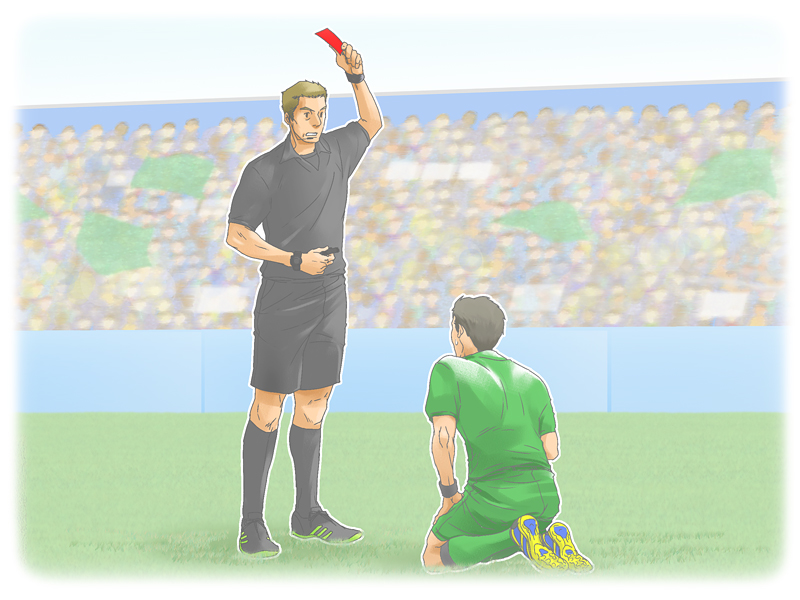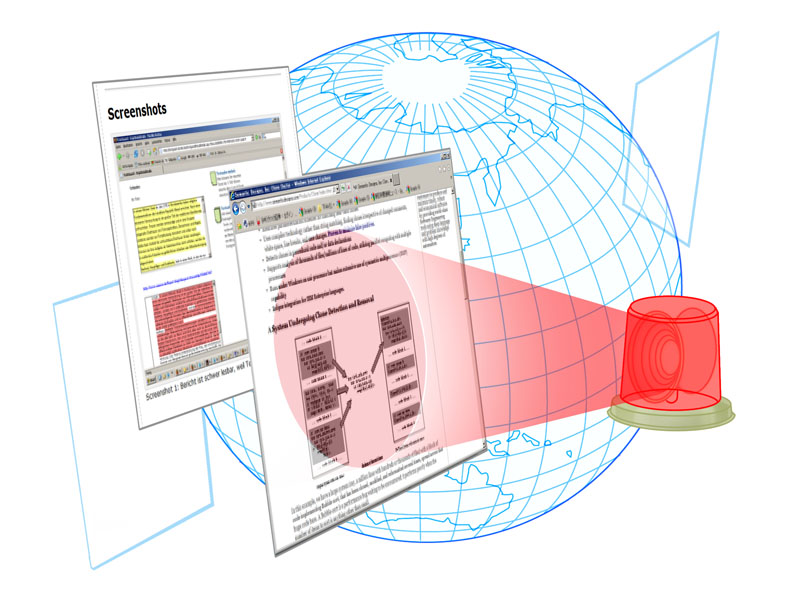
Research activities rely on trust that things are being observed carefully, data is being collected and results reported truthfully and analyzed in the appropriate way. This kind of expected trust is the same as that present for exams in high schools. If there is cheating, the exams lose their meaning. This in addition to the fact that you would be individually penalized on all your test-taking.
As in high school exams, behavior in research that results in the loss of trust in the field can undermine the functioning of research. Therefore, it is important to conduct studies with the appropriate knowledge and society’s trust. Especially currently when new values created by research work have great social impact, it is important that both those who conduct it and those who benefit from the results of a study understand this fully. When working, it is essential to understand research misconduct as outlined in this module and to work sincerely to develop the work and improve its reliability.
There have been cases of misconduct in which research was directed without properly understanding this. Needless to say, there should be no study activity that go against the law. What makes up misconduct, however, is not widely recognized. In the “Guidelines for Responding to Misconduct in Research” issued by the Japanese Ministry of Education, Culture, Sports, Science and Technology in 2014, the following three examples are defined as those of “specific research misconduct”: fabrication, falsification, and plagiarism.
- Fabrication: Making up data or research results, and the like
You create, for example, experimental data that you have not actually performed, or add fictitious data to the data that you have produced.
- Falsification: Manipulating research materials, equipment, or processes to change data or the results obtained from study activities
You may, for example, write a method that is different from the way you actually conducted the experiment, or you alter the resulting data to be clean. In particular, in research that uses digital image data, one must take care not to perform inappropriate image processing or to combine images, to process multiple images into one final one.

- Plagiarism: Appropriating the ideas, analysis, analytical methods, data, research results, research paper(s), or words of other researchers without obtaining their permission or giving them the appropriate credit
For example, you copy and paste someone else’s paper you found on the Internet, use someone else’s data without their permission, or publish someone else’s data, images, research results, or research ideas as if they were your own.
Other behaviors that do not meet the above three definitions are also regarded as misconduct:
- If research data is not stored for a certain period of time and the data not disclosed
- If a prior study is not appropriately cited. It may turn into a problem, and the reliability of the research is lessened.
- If the examination of previous work is not adequate; students think their idea is new and proceed. You should respond to others’ advice appropriately: Ignoring a problem is not considered a part of good research activity.
Is there, then, in this definition, room for an honest mistake? If you intentionally make an error, or if you fail significantly to follow the basic duty of care expected of you as a researcher, it is considered misconduct. In other words, it doesn’t work if one doesn’t know what he or she should know. This is just as a person who stole something from a store does not have the excuse that he or she didn’t know the law enough not to steal. Use this module to understand what you should know about responsible research so that you can conduct your work with integrity.
